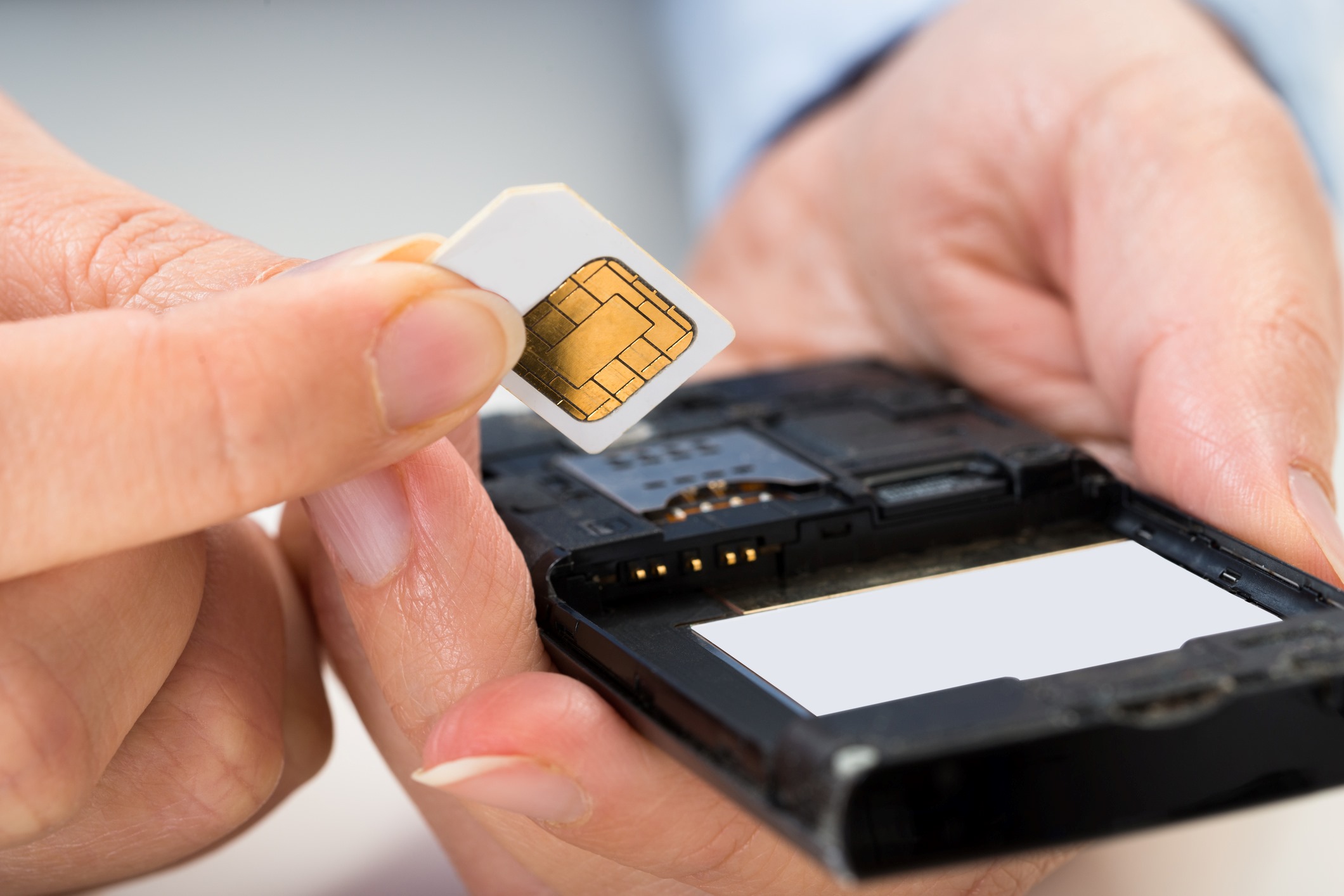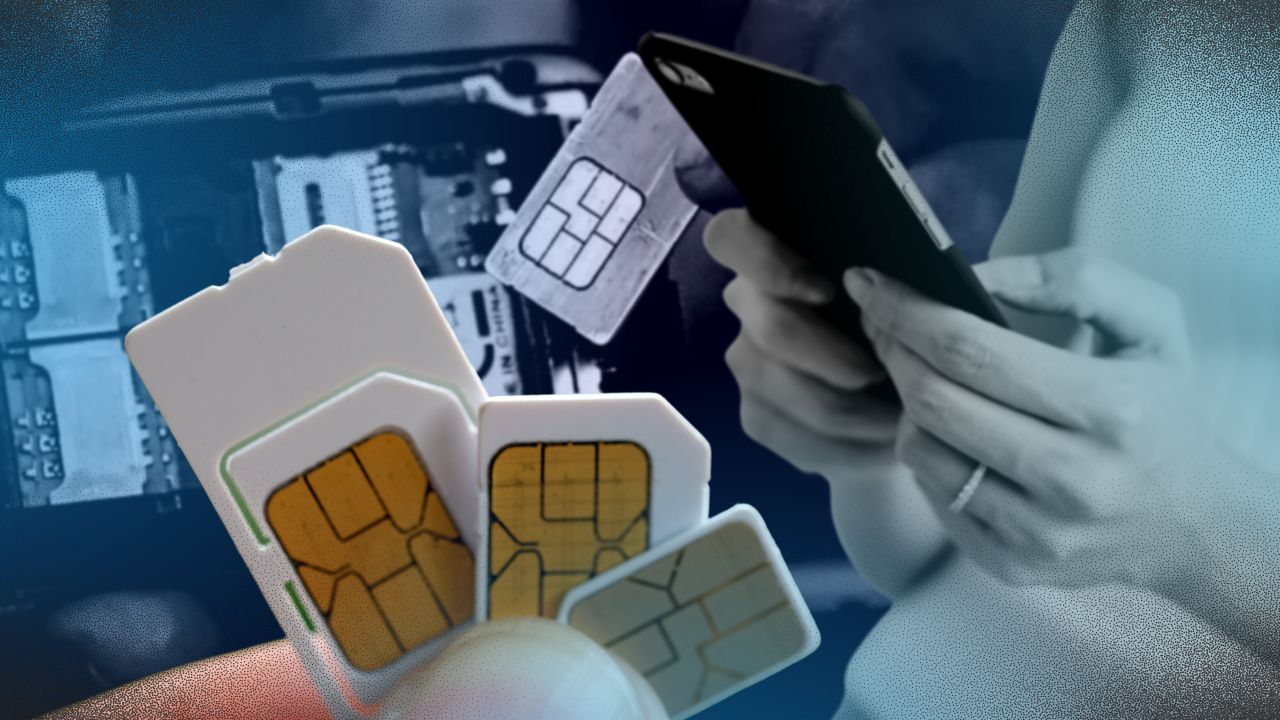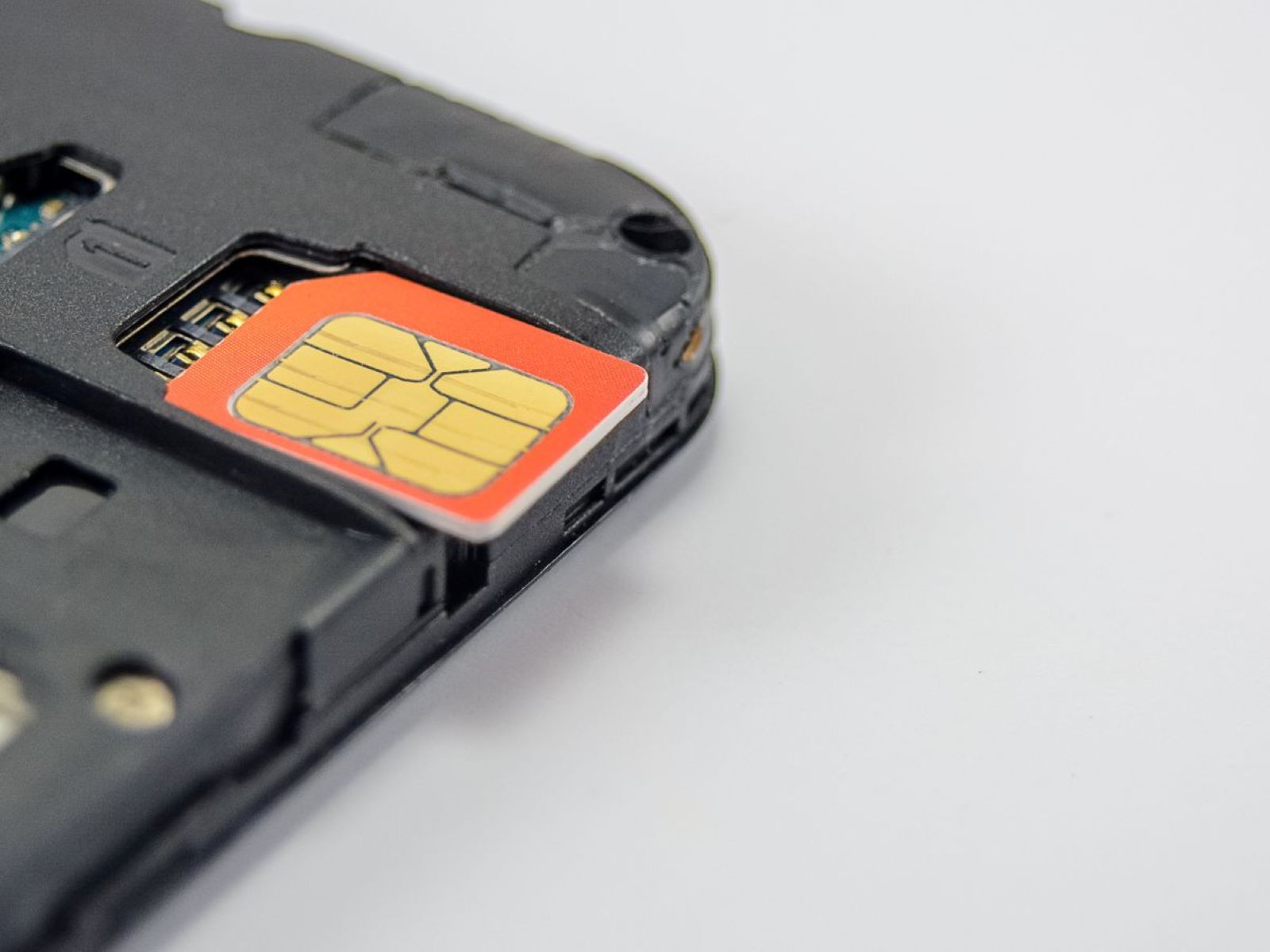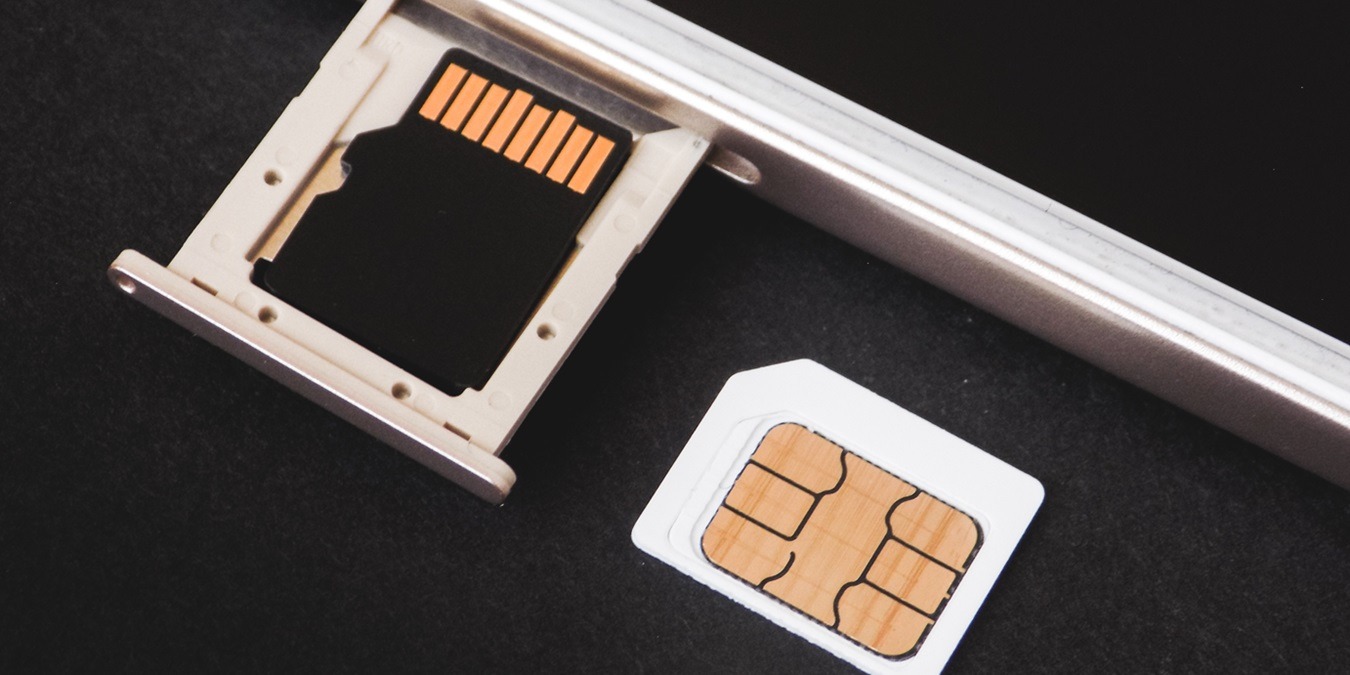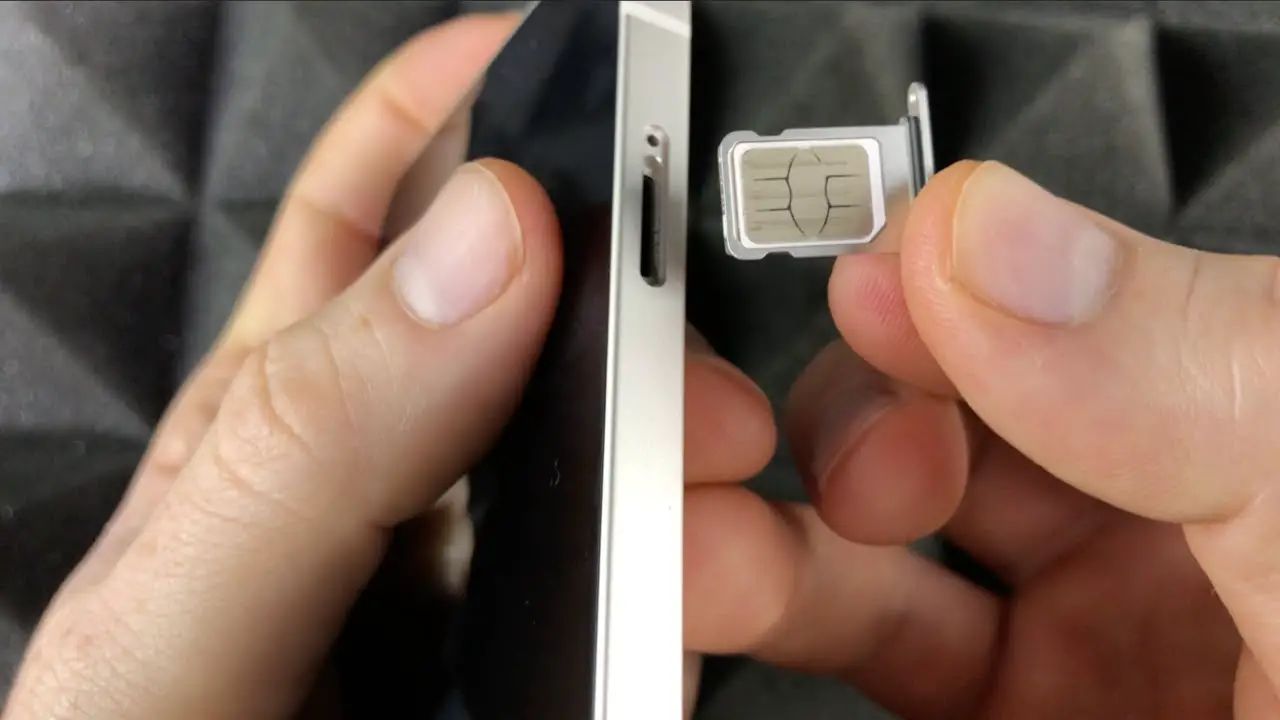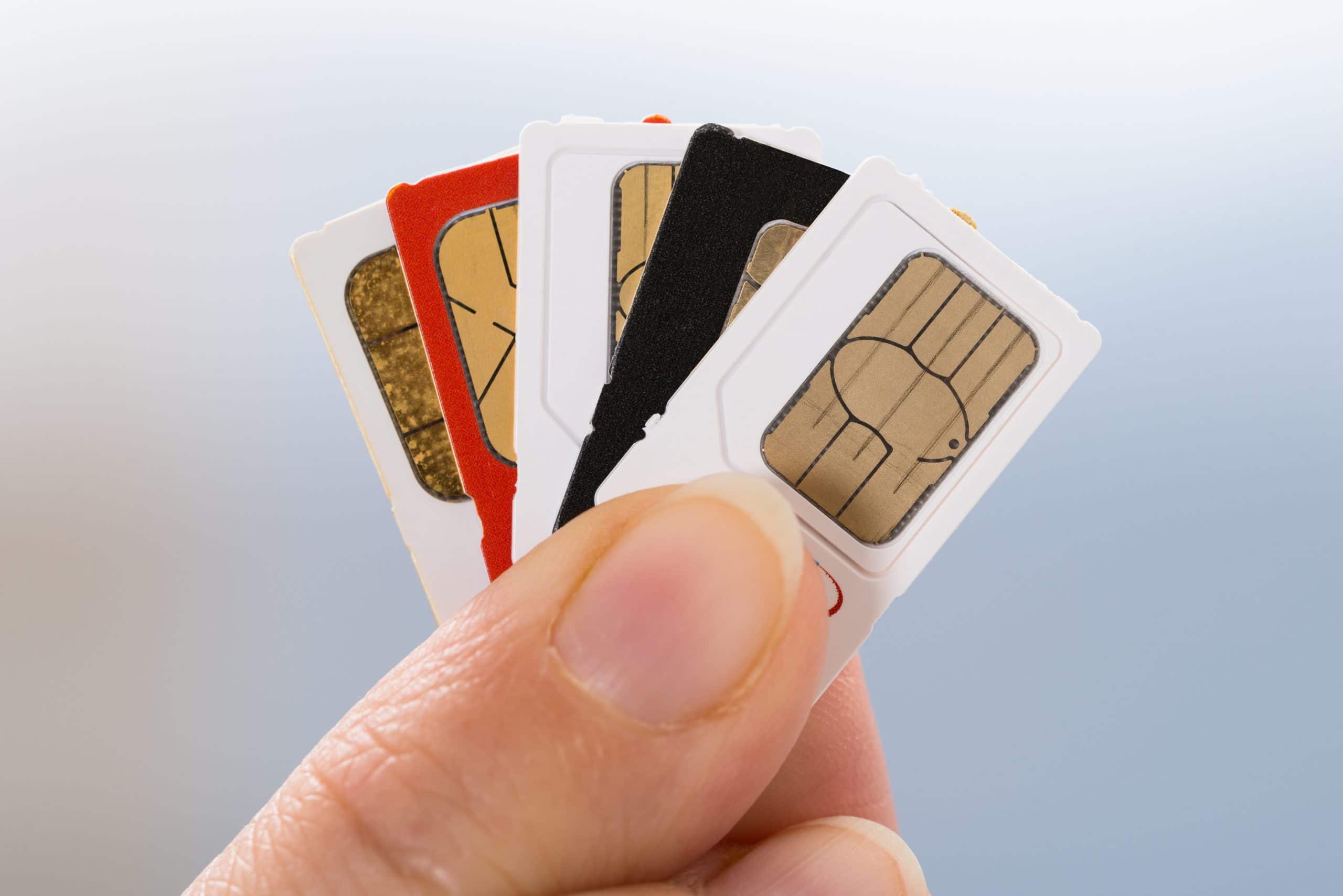Introduction
Deactivating your AT&T SIM card is a crucial step when transitioning to a new device or switching to a different service provider. It involves disabling the SIM card associated with your AT&T account, ensuring that it no longer connects to the AT&T network. This process is necessary to prevent unauthorized usage of your account and to facilitate a smooth transition to a new carrier or device.
In this comprehensive guide, we will walk you through the step-by-step process of deactivating your AT&T SIM card. Whether you're upgrading to a new phone, switching to a different carrier, or simply need to deactivate your current SIM card for any reason, this guide will provide you with the necessary information and instructions to successfully complete the deactivation process.
Deactivating your AT&T SIM card involves several essential steps, including gathering necessary information, contacting AT&T customer service, providing required details, and confirming the deactivation. By following this guide, you can ensure that the deactivation process is carried out smoothly and efficiently, minimizing any potential disruptions to your mobile service.
Now, let's delve into the details of each step to help you navigate the process of deactivating your AT&T SIM card seamlessly and with confidence.
Step 1: Gather Necessary Information
Before initiating the deactivation process for your AT&T SIM card, it's essential to gather specific details and information to ensure a smooth and efficient transition. By collecting the necessary information in advance, you can streamline the deactivation process and minimize any potential delays or complications. Here's what you need to gather:
-
Account Information: Ensure that you have your AT&T account details readily available, including your account number, associated phone number, and any relevant account passwords or PINs. This information will be crucial when contacting AT&T customer service to request the deactivation of your SIM card.
-
Device Information: Identify the specific device or devices associated with the SIM card you intend to deactivate. This includes the make and model of the device, as well as the unique IMEI (International Mobile Equipment Identity) or MEID (Mobile Equipment Identifier) number. You can typically find the IMEI or MEID number in the device settings or by dialing *#06# on the device's keypad.
-
Reason for Deactivation: Determine the reason for deactivating your AT&T SIM card. Whether you're upgrading to a new device, switching to a different carrier, or simply need to deactivate the SIM card for security reasons, having clarity on the purpose of the deactivation will help expedite the process when communicating with AT&T customer service.
-
Alternative Service Provider Information (If Applicable): If you plan to switch to a different mobile service provider, gather the necessary information about the new carrier, including their account setup requirements, activation process, and any relevant SIM card details. This will enable you to seamlessly transition to the new service provider after deactivating your AT&T SIM card.
By ensuring that you have the aforementioned information readily available, you can proceed to the next step with confidence, knowing that you are well-prepared to initiate the deactivation process for your AT&T SIM card. This proactive approach will help facilitate a hassle-free transition and minimize any potential challenges during the deactivation procedure.
Step 2: Contact AT&T Customer Service
Once you have gathered all the necessary information for deactivating your AT&T SIM card, the next crucial step is to initiate contact with AT&T customer service. AT&T offers multiple channels through which you can reach their customer support team, providing flexibility and convenience for customers to seek assistance. Here's how you can get in touch with AT&T customer service to request the deactivation of your SIM card:
-
Phone Support: One of the most direct and efficient ways to contact AT&T customer service is by calling their dedicated support hotline. By dialing the customer service number provided on the official AT&T website or your billing statement, you can connect with a representative who will guide you through the SIM card deactivation process. Be prepared to provide your account details and the reason for deactivation during the call to expedite the process.
-
Online Chat: AT&T also offers an online chat feature on their website, allowing customers to engage in real-time conversations with support agents. This option provides a convenient alternative to phone support, enabling you to communicate your request for SIM card deactivation and receive assistance without making a phone call. The online chat feature is particularly beneficial for those who prefer text-based communication or have difficulty making phone calls.
-
In-Person Visits: If you prefer face-to-face interaction, you can visit an AT&T retail store or authorized retailer to speak with a customer service representative in person. Visiting a physical location allows you to discuss your SIM card deactivation request directly with a knowledgeable staff member, who can assist you with the necessary steps and provide any additional support or information you may require.
When contacting AT&T customer service, it's important to clearly communicate your intention to deactivate your SIM card and provide the representative with the gathered account and device details. Additionally, be prepared to verify your identity by providing any requested authentication information to ensure the security of the deactivation process.
By reaching out to AT&T customer service through the available channels, you can initiate the formal request to deactivate your SIM card and receive personalized assistance tailored to your specific account and device details. This proactive approach sets the stage for a smooth and efficient deactivation process, ensuring that your request is handled promptly and accurately by the dedicated support team at AT&T.
Step 3: Provide Required Information
After initiating contact with AT&T customer service and expressing your intention to deactivate your SIM card, the next critical step involves providing the required information to facilitate the deactivation process. When communicating with AT&T's support team, you will be asked to furnish specific details and verification information to ensure the accurate and secure deactivation of your SIM card. Here's a detailed overview of the essential information you may need to provide:
-
Account Verification: AT&T's customer service representatives will request verification of your account details to confirm your identity and ownership of the SIM card. This typically includes providing your account number, associated phone number, and any relevant account passwords or PINs. By verifying your account information, AT&T can ensure that the deactivation request aligns with the authorized account holder's intentions, enhancing security and preventing unauthorized changes.
-
Device Identification: In addition to account verification, you will need to provide specific details about the device associated with the SIM card being deactivated. This includes the make and model of the device, as well as the unique IMEI (International Mobile Equipment Identity) or MEID (Mobile Equipment Identifier) number. The IMEI or MEID number serves as a distinct identifier for the device and is crucial for accurately linking the SIM card to the corresponding device during the deactivation process.
-
Reason for Deactivation: When communicating with AT&T customer service, it's important to articulate the reason for deactivating your SIM card. Whether you are upgrading to a new device, switching to a different carrier, or simply need to deactivate the SIM card for security reasons, providing clarity on the purpose of the deactivation helps AT&T's support team understand your specific needs and process the request accordingly.
-
Confirmation of Deactivation Request: Once you have provided all the necessary information, it's essential to confirm with the customer service representative that your deactivation request has been accurately documented and processed. This confirmation step ensures that your request is being handled promptly and that all the provided details have been accurately recorded for the deactivation of your AT&T SIM card.
By diligently providing the required information and cooperating with AT&T's customer service team, you can contribute to a seamless and efficient deactivation process. This proactive approach helps ensure that your SIM card deactivation request is handled with precision, allowing for a smooth transition as you proceed with your mobile device or carrier changes.
Step 4: Confirm Deactivation
After providing the necessary information and initiating the request to deactivate your AT&T SIM card, the final step in the process involves confirming the successful deactivation of the SIM card. This confirmation is crucial to ensure that the deactivation has been accurately processed and that the SIM card is no longer active on the AT&T network. Here's a detailed overview of the steps involved in confirming the deactivation:
-
Verification of Deactivation: Upon completing the deactivation request with AT&T customer service, it's important to verify the status of the SIM card deactivation. This can be done by contacting AT&T's support team through the same channel used to initiate the deactivation request, such as phone support, online chat, or in-person visits to an AT&T retail location. By reaching out to the customer service team, you can inquire about the status of the deactivation and request confirmation that the SIM card has been successfully deactivated.
-
Device Testing: To further ensure the deactivation of the SIM card, you can perform a simple test on the device to confirm that it no longer has access to the AT&T network. This can be done by attempting to make a call, send a text message, or access mobile data services using the device associated with the deactivated SIM card. If the device displays a message indicating a lack of network connectivity or prompts you to insert a valid SIM card, it serves as a tangible confirmation that the deactivation has been completed.
-
Account Status Verification: Checking the status of your AT&T account can also provide confirmation of the SIM card deactivation. By logging into your AT&T online account or contacting customer service to inquire about the status of the deactivated SIM card, you can ensure that the account reflects the deactivation and that no unauthorized usage or charges are associated with the deactivated SIM card.
By diligently confirming the deactivation of your AT&T SIM card through these verification steps, you can gain assurance that the deactivation process has been successfully executed. This confirmation is essential to safeguard against any unforeseen issues and to ensure a seamless transition as you proceed with your mobile device or carrier changes. Additionally, confirming the deactivation provides peace of mind, knowing that your SIM card is no longer active on the AT&T network, thereby preventing unauthorized usage and facilitating a smooth transition to your new device or service provider.
Conclusion
In conclusion, deactivating your AT&T SIM card is a pivotal step that requires careful consideration and proactive engagement with AT&T's customer service. By following the comprehensive steps outlined in this guide, you can confidently navigate the process of deactivating your SIM card with precision and efficiency.
Throughout this guide, we emphasized the importance of gathering necessary information, initiating contact with AT&T customer service, providing required details, and confirming the deactivation. These steps are essential to ensure a seamless transition as you proceed with your mobile device or carrier changes.
Deactivating your SIM card is not only a technical procedure but also a strategic decision that impacts your mobile connectivity and security. Whether you are upgrading to a new device, switching to a different carrier, or simply need to deactivate the SIM card for security reasons, this guide has equipped you with the knowledge and insights to navigate the process effectively.
It's important to recognize that the deactivation of your AT&T SIM card marks a significant milestone in your mobile journey. By proactively engaging with AT&T's support team and providing the necessary information, you contribute to a smooth and efficient deactivation process, safeguarding your account and ensuring a seamless transition to your new device or service provider.
As technology continues to evolve, the process of managing SIM cards and mobile connectivity remains a critical aspect of the modern digital landscape. By staying informed and proactive, you empower yourself to make informed decisions and navigate essential procedures such as SIM card deactivation with confidence and clarity.
In essence, the successful deactivation of your AT&T SIM card signifies a proactive approach to managing your mobile connectivity, ensuring that your account remains secure and aligned with your evolving needs. By following the steps outlined in this guide, you have taken a proactive step towards managing your mobile services with precision and foresight.
As you proceed with your mobile device or carrier changes, the insights and knowledge gained from this guide will serve as a valuable resource, enabling you to approach future transitions with confidence and preparedness. Remember, proactive engagement and informed decision-making are key elements in effectively managing your mobile connectivity and ensuring a seamless transition in the dynamic landscape of mobile technology.







